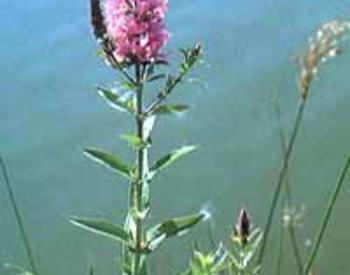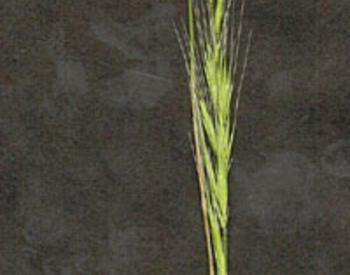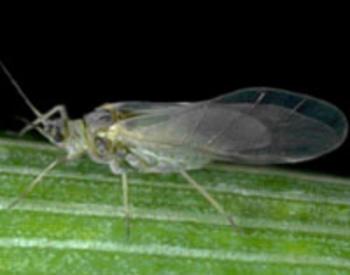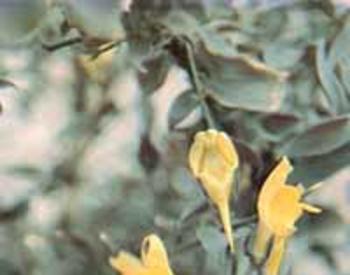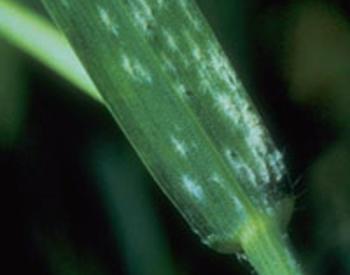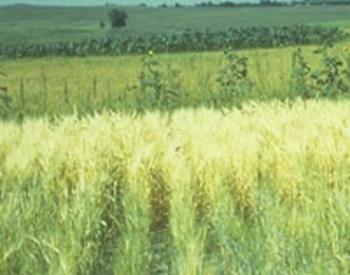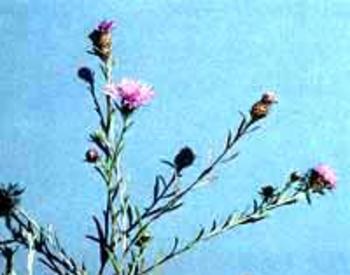Hosts
Small grain crops such as barley, oats, corn, hard red spring wheat, and durum were most commonly infected.
Symptoms
Florets in infected heads are killed, bleached white and develop salmon-pink to orange spore masses on the edges of their glumes, kernels in infected florets are shriveled, whitish to pink in color and have poor germination.
Cultural Controls
Rotation to non-host plants, such as beans or sugar beets, can greatly reduce inoculum levels. Plowing under infected residue aids in decomposition of the residue and prohibits release of spores in the following year.
Chemical Controls
No effective fungicides are currently available. Yield differences have not yet been determined. Seed treatments will reduce Fusarium on seed used to plant a subsequent crop, but will have no effect on Fusarium.



